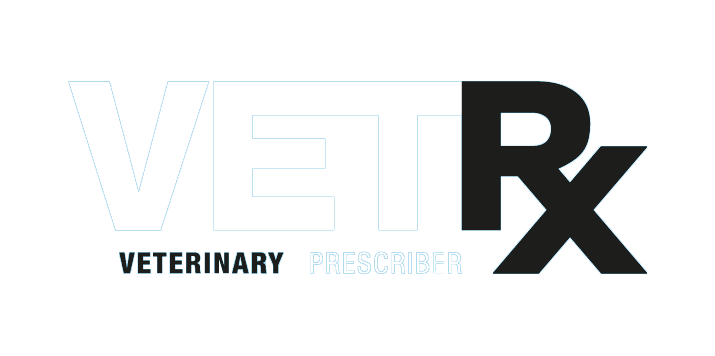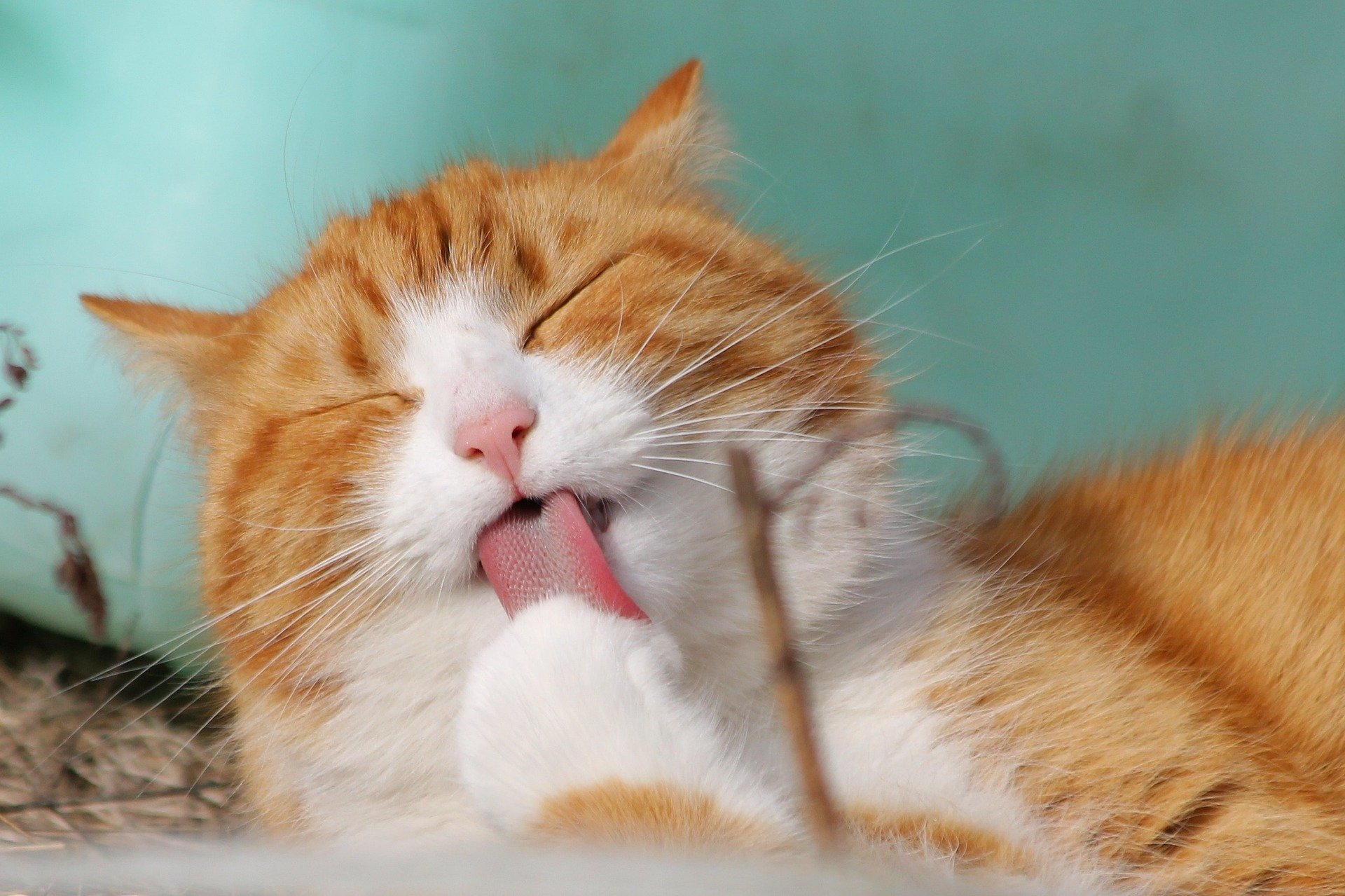Senvelgo for Cats: How to Prescribe the Right Formulation
Senvelgo for Cats: How to Prescribe the Right Formulation
What type of formulation is Senvelgo for cats?
Senvelgo for cats is a new veterinary medicine for the treatment of diabetes mellitus. It contains the active ingredient velagliflozin, which belongs to the class of drugs known as inhibitors of SGLT2 (which stands for Sodium-Glucose co-Transporter 2). The medicine is formulated as a clear colourless to slightly yellow to slightly brown solution which comes with a dosing syringe. The solution may be administered either directly into the cat’s mouth or with a small amount of food (Senvelgo for cats Summary of Product Characteristics).
Does Sanvelgo for cats contain a flavouring?
Yes, the Senvelgo for cats oral solution is flavoured with honey flavour.
Why do veterinary medicines contain flavourings?
The success of an oral medicinal treatment in a cat or dog partly depends on the pet owner being able to administer the medicine correctly and reliably. But ultimately, the animal must swallow the dose.
Medicines that are intended to be given by mouth and then swallowed are formulated as capsules, tablets, powders, granules, pastes, or liquids (which can be solutions, suspensions or syrups). Taste, aroma, size, shape and consistency may all affect whether an animal will take an oral medication. Many drug molecules and other medicine ingredients have an unpleasant smell, or taste. A medicine’s formulation can be manipulated to mask the taste to make the product more acceptable to the animal.
Many tablet formulations for cats and dogs contain one or two meaty flavours (such as yeast, liver, beef, chicken or fish) to disguise the taste of a drug and to appeal to the animal. Sometimes simply adding one or more flavours to a bitter-tasting drug might not effectively mask the taste, especially if the formulation contains a high dose of the drug. Therefore some medicines are formulated with coatings to cover the drug product to mask the taste or smell.
Liquid medicines (including oral pastes and gels) and powders usually include flavours because they are more exposed to tastebuds. For example, Inflacam oral suspension for dogs (meloxicam) contains honey flavour and saccharin sweetener; Thiamacare (thiamazole) oral solution for cats contains vanillin. The Senvelgo oral solution contains honey flavour.
Cat owner preferences
Cats can be notoriously difficult to medicate. This is why choosing a formulation that is going to be acceptable to the owner and easier for a pet owner to administer are so important. It might mean finding a tablet that has an appealing flavour or aroma or finding a formulation that is the most acceptable. It is helpful to know that an online survey of cat owners found that many prefer liquid formulations over tablets. But cats (and owners) are individuals - and cats remain picky - so it might be a case of trial and error.
Help with finding the right formulation
Not all oral formulations contain a flavouring, so when there is a choice of different oral formulations – as there is for many antibiotics and parasiticides - it’s useful to be able to quickly compare the flavourings and find the most appropriate brand. Equally, it might be useful to avoid flavoured products, as in a pet with allergies. Veterinary Prescriber contains helpful comparative tables that help vets find the best formulation for their patients
Debunking claims and palatability
The language and terms that are used in promotional messages for veterinary medicines are not always clear and meaningful. Sometimes terms, like ‘chewable’, are used that have no specific meaning, and so might be wrongly interpreted.
Veterinary Prescriber helps prescribers by scrutinising promotional claims for veterinary medicines, like in the the learning module about Flavoured, chewable and palatable medicines for cats and dogs. When making decisions such as whether to prescribe Senvelgo, it is essential that you avoid being distracted by these claims.
The Academy Vet Clinic achieves this by helping you make sense of terms like ‘palatable’ and ‘chewable’, explaining the relevance of palatability award schemes.
Formulation is only one consideration
Of course, the formulation and the flavouring are just two of the many factors that need to be considered when selecting the most appropriate treatment for a pet. Prescribing is a complex decision that usually involves making trade-offs. The foremost consideration is whether the treatment is clinically appropriate for the animal. So while Senvelgo for cats is in a formulation that is designed to appeal to cats and owners, there are many other important factors that a vet will need to consider in determining whether the treatment is suitable for an individual cat.
Veterinary Prescriber helps prescribers with succinct, evidence-based practical reviews of new medicines, including Senvelgo for cats. Veterinary Prescriber is completely independent of the pharmaceutical industry. Subscribe to Veterinary Prescriber now to start using impartial information on veterinary medicines to help with prescribing decisions.

